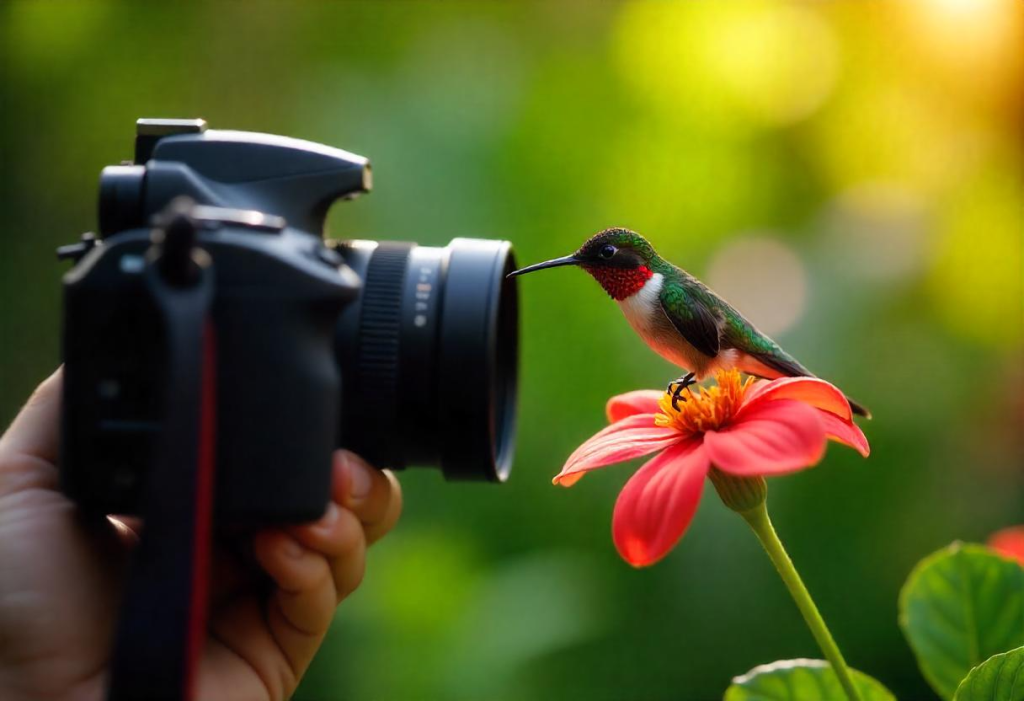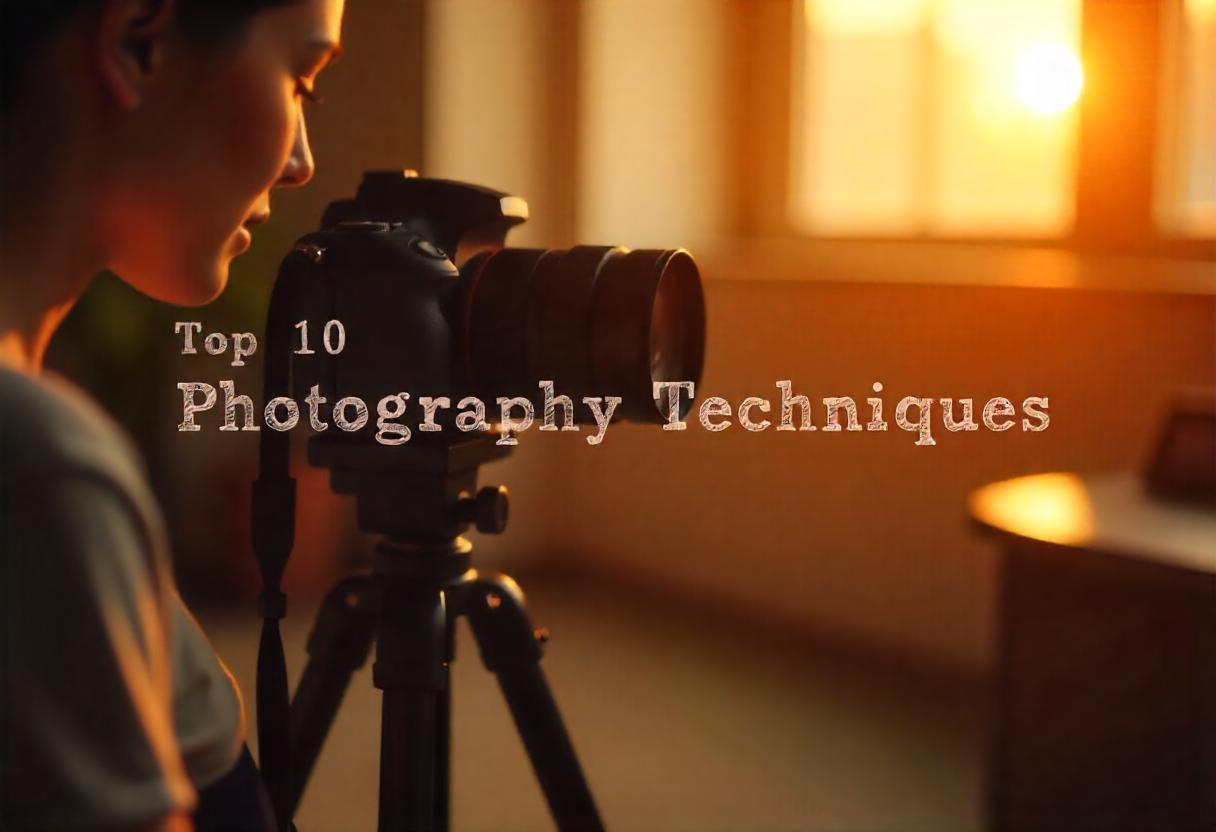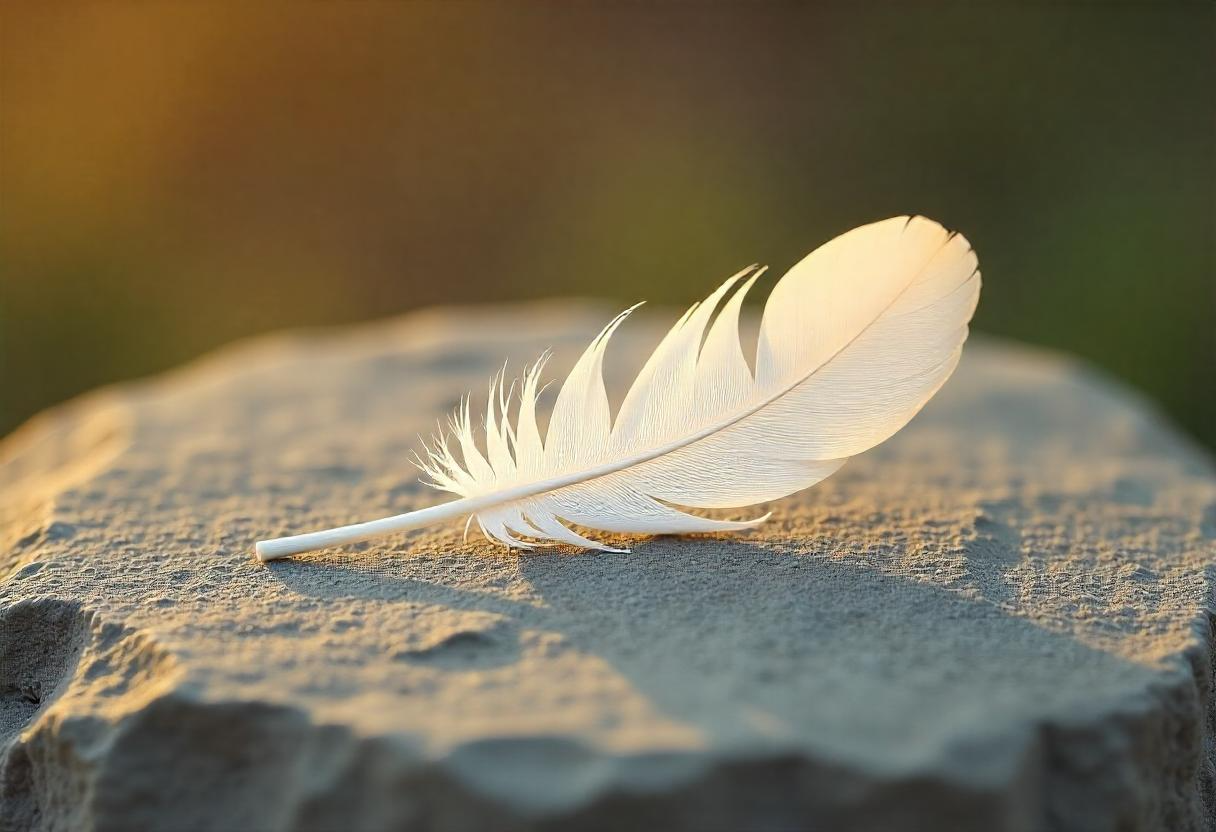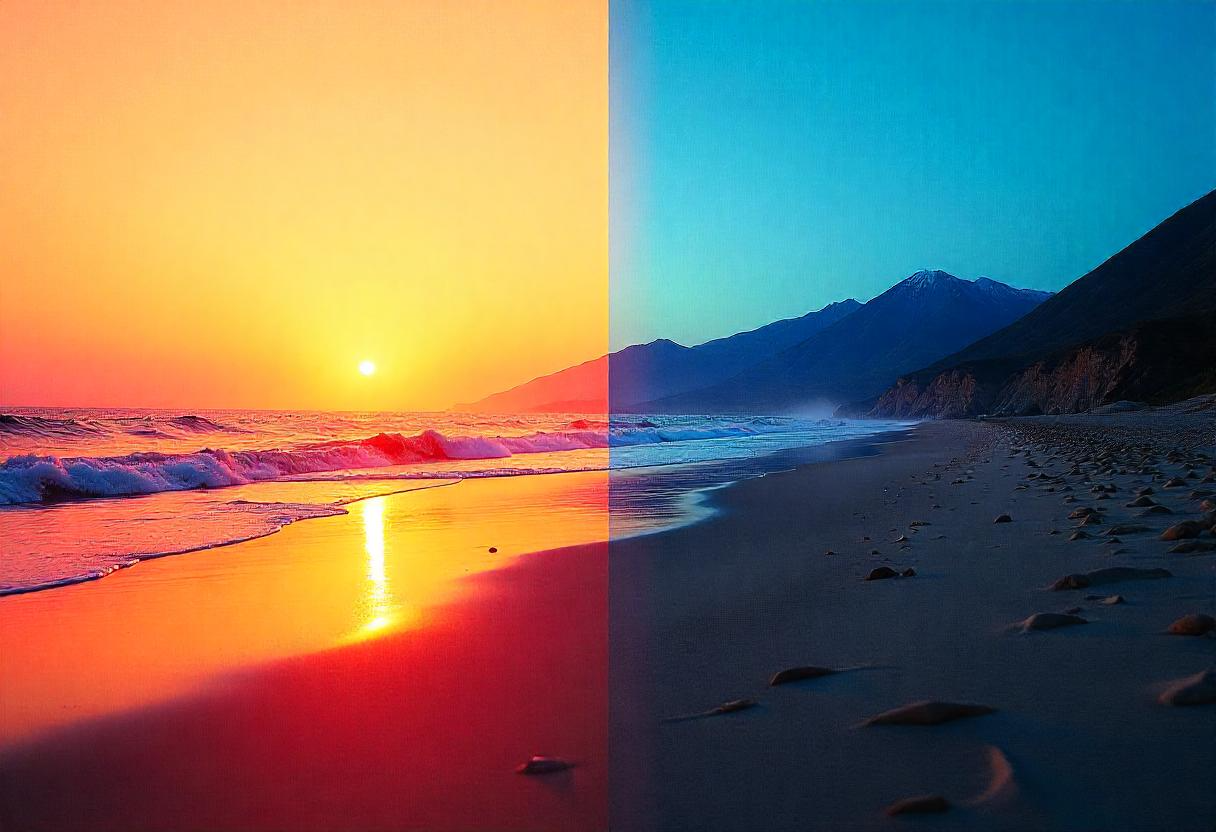Nature & Wildlife Photography: How to Get the Perfect Shot
Ever seen a breathtaking photo of a tiger mid-roar or a bird flying through golden light and wondered—how do they even capture that?
That’s the magic of nature and wildlife photography—a perfect mix of patience, skill, and love for the wild. But it’s not just about taking pictures. It’s about telling a story, saving a moment, and sometimes even protecting nature.
And guess what? With the right photography course, you can learn how to do it too.
What Is Nature & Wildlife Photography?
Nature photography focuses on the outdoors—landscapes, plants, mountains, rivers, skies. Wildlife photography is all about animals in their natural habitat. From an ant crawling on a leaf to elephants crossing a river, it’s about capturing life in motion.
Do you want free career counseling?
Ignite Your Ambitions- Seize the Opportunity for a Free Career Counseling Session.
- 30+ Years in Education
- 250+ Faculties
- 30K+ Alumni Network
- 10th in World Ranking
- 1000+ Celebrity
- 120+ Countries Students Enrolled
These two go hand-in-hand and often overlap. Both need skill, timing, and an eye for beauty.
How Photography Has Evolved Over Time
Photography has come a long way. Earlier, photographers carried heavy cameras and waited hours just for the right moment. They developed photos in darkrooms, without knowing how the picture would turn out.
Now? It’s all digital. Cameras are smarter, lenses are sharper, and editing tools can turn a good photo into a great one. Drones, high-speed shutters, and lightweight gear have changed the game. And with proper photography classes, you can master all these modern tools.
Book Now →
Read Also: Top 10 Types of Photography You Should Know in 2025
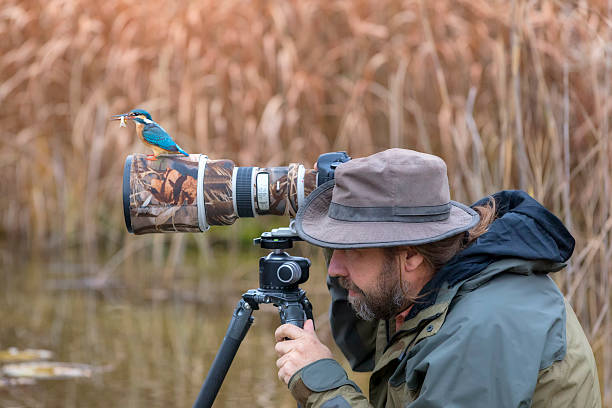
Tips to Get the Perfect Wildlife or Nature Shot
Want to shoot like a pro? Here are some simple but powerful tips that every beginner should follow:
1. Know Your Subject
Whether it’s a bird, a deer, or a flower, study it. Learn its patterns, behavior, and when it’s most active. The more you know, the better your timing.
Do you want free career counseling?
Ignite Your Ambitions- Seize the Opportunity for a Free Career Counseling Session.2. Use Natural Light
Early mornings and late afternoons are your best friends. The golden light during these hours adds magic to your shots.
3. Stay Silent, Stay Hidden
Animals scare easily. Move slowly. Blend into the background. Silence is your secret weapon.
Read Also: The Importance of Lighting in Photography: How to Capture Stunning Photos
4. Focus on the Eyes
Whether it’s a tiger or a monkey, the eyes tell the story. Make sure they’re sharp.
5. Patience Is Everything
Nature won’t perform for your camera. You have to wait for the right moment—and that wait is totally worth it.
6. Use the Right Gear
A good DSLR or mirrorless camera with a telephoto lens helps. But remember, even a phone with good settings can work wonders if you know how to use it.
Photo Editing: The Final Touch
Even the best photographers edit their shots. A photo editing course teaches you how to adjust colors, brightness, sharpness, and remove distractions. It’s not cheating—it’s polishing your art.
Editing helps bring out the true beauty of the moment you captured. Whether you’re using Lightroom, Photoshop, or mobile apps, editing can turn a dull photo into a magazine cover.
Why Choose Photography as a Course?
If you love taking pictures, exploring outdoors, and expressing yourself visually, then photography as a course is perfect for you.
Here’s why it’s more than just a hobby:
- Hands-on learning: You get real-time experience with cameras, lenses, and field trips.
- Creative freedom: You learn different styles—still photography, film still photography, nature, portrait, fashion, and more.
- Industry exposure: Mentors from the photography world guide you, share their tips, and help you build your portfolio.
- Career opportunities: From wildlife publications to travel blogs, brand shoots to digital marketing, photographers are in demand everywhere.
Offering the best photography courses in India to help you turn your passion into your profession.
Fieldwork and Travel: Learning from the Real World
One of the best parts of nature and wildlife photography is going out into the real world. You don’t learn this art by sitting in a classroom alone. You learn it by walking in forests, standing in wetlands, climbing hills, or waiting quietly in national parks.
Fieldwork teaches you patience, timing, and how to work with natural light and unpredictable environments. It’s where you learn to respect nature and understand how animals behave.
Read Also: Portrait vs. Candid: What’s Your Photography Style?
Here students get many chances to explore the outdoors. From local photowalks to wildlife field trips, every assignment becomes an adventure. Real-world learning helps you build confidence—and your portfolio too.
Building a Portfolio That Tells a Story
A strong portfolio is your visual resume. It shows who you are as a photographer and what your eye sees. Whether you focus on forests, animals, birds, or landscapes—your portfolio should reflect your style.
While studying at a good photography school, you’ll create many projects. You’ll learn how to shoot, edit, and bring your best work.
This portfolio is what you’ll show to magazines, studios, clients, or employers. And if your dream is to travel the world with a camera in hand—your portfolio is your ticket.
Career Paths After a Photography Course
Once you finish a diploma in photography, the options are endless:
- Wildlife & Nature Photographer
- Photojournalist
- Film Still Photographer
- Travel Photographer
- Commercial & Fashion Photographer
- Social Media Content Creator
- Photo Editor / Retoucher
- Photography Instructor or Blogger
- Drone Operator for Nature Shoots
Read Also: A Complete Guide to Capture Aesthetically Pleasing Photos
And yes, your photos can also be featured in magazines, exhibitions, and international photography contests!
The Best Photography School in India
AAFT School of Still Photography is where your journey truly begins. Here’s why thousands of students trust us to build their future in photography:
- Experienced mentors from the film, fashion, and documentary industries
- Access to professional camera equipment, editing labs, and creative studios
- Outdoor shoots, photowalks, and nature trails for real field exposure
- Portfolio development support to help you stand out in the industry
- Special focus on film still photography and advanced photo editing
- Internship and placement support with top media houses and production studios
Whether you’re joining our photography classes after 12th, enrolling for a diploma in photography, or pursuing an advanced degree—we help you master the craft, shape your voice, and showcase your talent.
The Future of Photography
The future is bright and bold. With growing digital platforms, demand for good photographers has exploded. Be it YouTube thumbnails, Instagram brand shoots, magazine covers, or wildlife documentaries- visual content is king.
Read Also: Top 10 Photography Instagram Accounts to Follow
Also, AI and drone photography are making waves. But no matter how smart technology gets, it’s the human eye and heart behind the lens that truly matters.
So, if you love capturing sunsets, spotting eagles, or clicking that perfect moment in the wild, this is your time.
Final Thoughts
Nature and wildlife photography is not just about clicking a button. It’s about learning to observe, waiting for the perfect moment, and respecting the wild.
And with the right training, this passion can become your career.
AAFT’s photography school gives you everything you need – skills, exposure, industry knowledge, and a community of creators.
Are you ready to frame your future through the lens?

AAFT has been providing the world with limitless creativity and expression since 1993! Through a dynamic and industry-driven curriculum, AAFT provides engaging and captivating articles to persuasive blogs and empowers its readers to explore diverse avenues of creative media education-related content.


